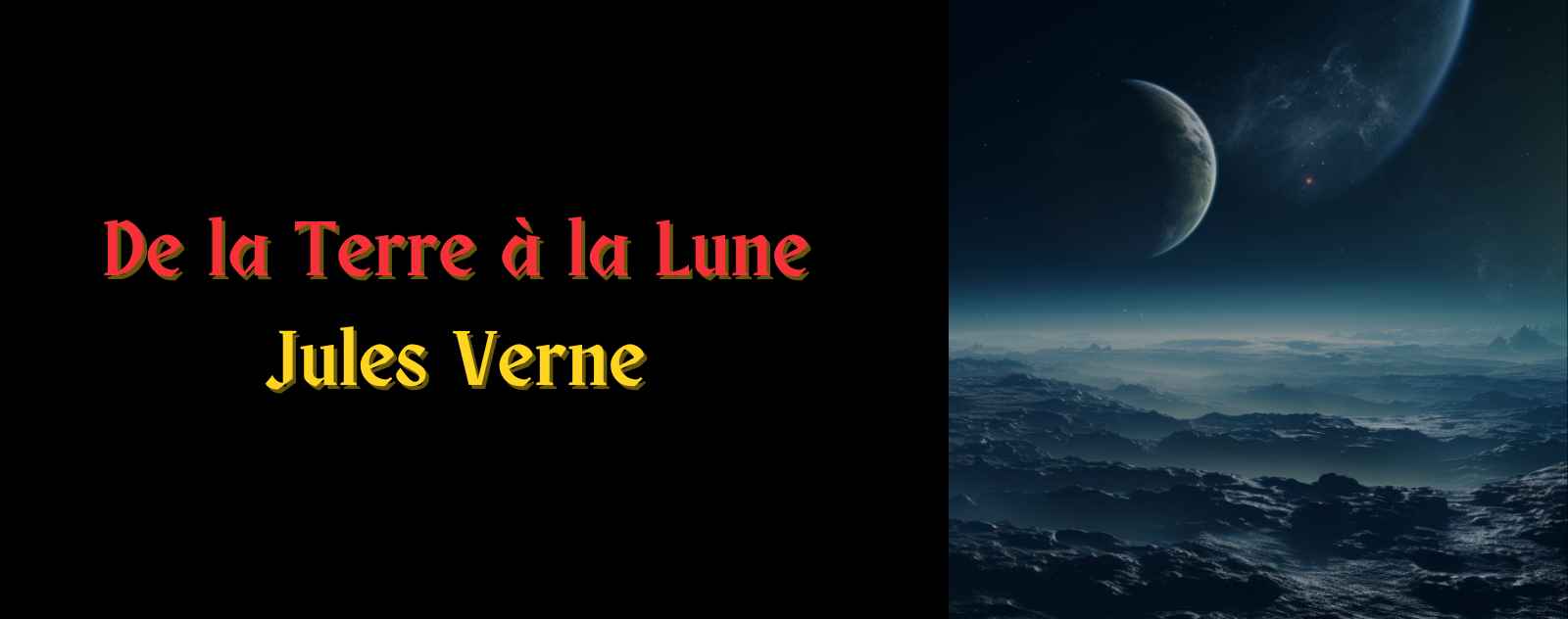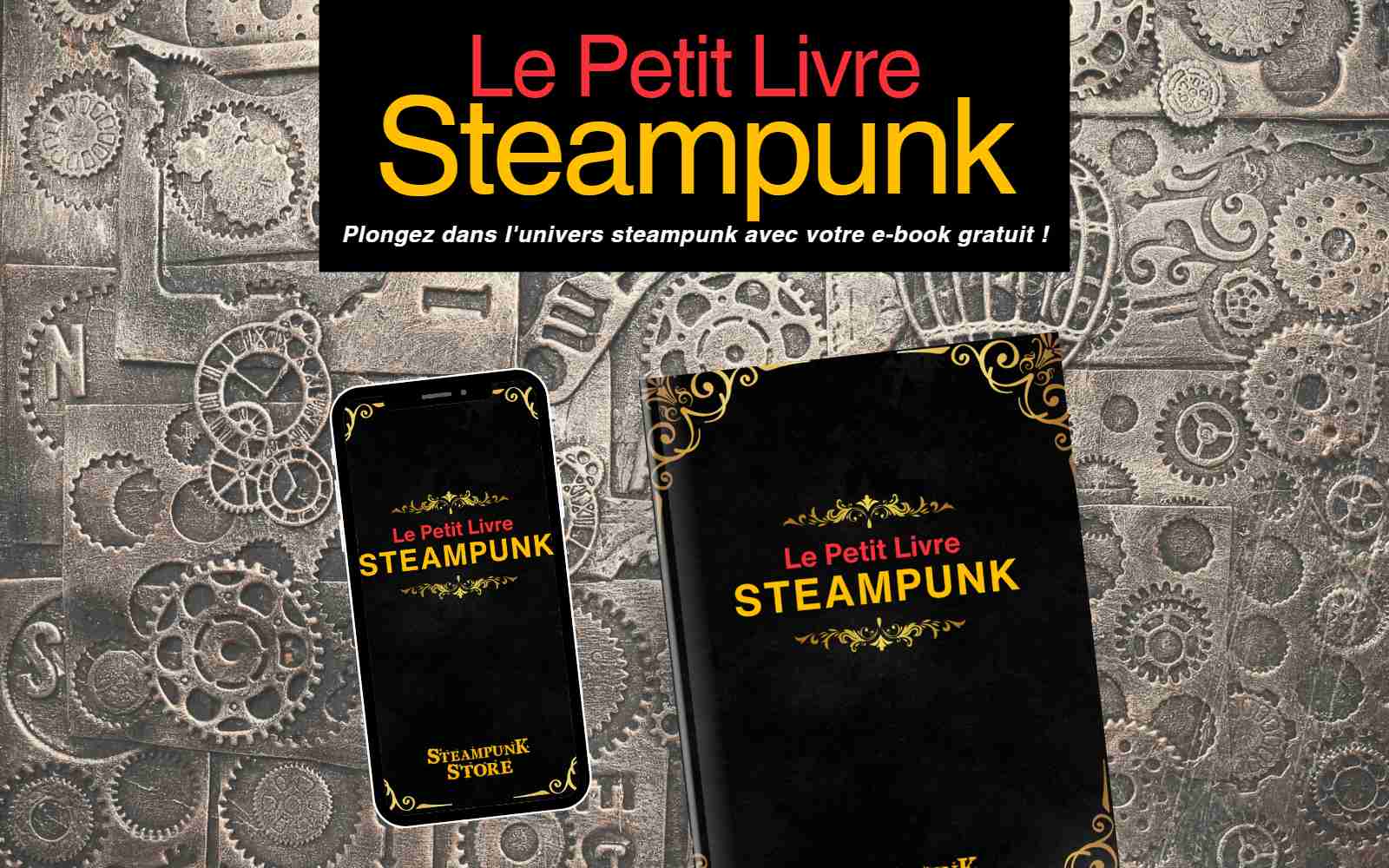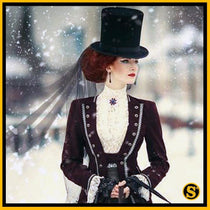Esteemed connoisseurs of literary exploration, prepare for an intellectual journey through the narrative territories of the Victorian age! This extraordinary genre constitutes a veritable mechanical library with gears of fascinating complexity, offering countless inspirations both for your steampunk accessories and your most elaborate cosplay endeavors.
Defining Victorian Literature
Victorian literature encompasses the literary works produced during the reign of Queen Victoria (1837-1901), that sovereign whose empire never witnessed the setting sun. This pivotal epoch, marked by the Industrial Revolution, constitutes the fertile ground where the seeds of our steampunk aesthetic would germinate. Like a literary clockwork mechanism, this effervescent period continues to influence contemporary architecture, fashion, and imagination.
The Visionary Founders: Fathers of Victorian Science Fiction
H.G. Wells: The Architect of Mechanical Futures

Distinguished readers, allow me to present H.G. Wells, that extraordinary visionary who functioned as a veritable prophetic mechanism! In The War of the Worlds, this inventor of the science fiction genre offers us a classic of striking modernity. His style, though imbued with the period's charming obsolescence, possesses that temporal patina which confers incomparable mechanical authenticity.
Do not miss The Time Machine, that foundational work of Victorian science fiction in its purest form! This narrative machine already heralds our beloved steampunk universe with remarkable prescience. Wells demonstrates that imagination, like a well-regulated steam engine, can propel humanity toward unsuspected temporal horizons.
Charles Dickens: The Victorian Social Machine

Charles Dickens remains incomparable in describing the social mechanisms of the laboring classes, like a social engineer of genius! In Great Expectations, this total immersion into the Victorian soul reveals Gothic imagery that Tim Burton himself would not have disowned.
The story of Miss Havisham constitutes a veritable masterpiece of narrative horology: this woman abandoned on her wedding day, living since then in her mansion with the vestiges of the never-consumed nuptial feast, eternally wearing her bridal gown, perfectly embodies that Victorian Gothic aesthetic so dear to our movement. An emotional mechanism frozen in time, dear enthusiasts!
Sir Arthur Conan Doyle: The Baker Street Investigator

Far beyond modern television adaptations, reading Conan Doyle constitutes a genuine immersion into the mechanisms of the Victorian era! The adventures of Sherlock Holmes will offer you countless authentic details about the period, colorful characters, and captivating investigations often unknown to the general public.
These narratives function as veritable deductive machines, where each clue fits perfectly into the whole to reveal the hidden truth. Holmes's influence on our steampunk aesthetic remains considerable, particularly with the famous deerstalker cap and the spirit of scientific investigation so characteristic of our movement.
The French Visionaries: Jules Verne and Mechanical Imagination

How can we evoke proto-steampunk literature without mentioning our dear Jules Verne? This master of scientific anticipation offers us with From the Earth to the Moon an extraordinary journey that magnificently prefigures our retrofuturistic aesthetic. His extraordinary machines, from the Nautilus to airships, constitute the mechanical heritage of our collective imagination.
Also discover The Mysterious Island, this work where human ingenuity transforms isolation into an innovation laboratory. Verne demonstrates that science and technology, like a well-oiled mechanism, can transcend the apparent limitations of our condition.
Modern Reinterpretations: Victorian Uchronias
Dan Simmons and the Mystery of Edwin Drood

Drood by Dan Simmons constitutes a veritable erudite nod, distinguished readers! This work draws inspiration from the mystery of Edwin Drood, Charles Dickens's last unfinished novel. Simmons, like a narrative clockmaker of genius, uses Dickens's real railway accident as the triggering mechanism for a fascinating intrigue where historical reality and fiction intertwine harmoniously.
Kim Newman and Vampiric Uchronia

Anno Dracula by Kim Newman represents a pearl of the Victorian uchronic genre! Imagine a world where Dracula had married Queen Victoria... This audacious premise gives birth to a society where vampires and Jack the Ripper coexist in a transformed London. A veritable Victorian thrill machine!
Transatlantic Jewels: Victorian America

The Man from St. Petersburg by Ken Follett transports us into the upper echelons of English high society, where a mysterious drowning will mark several generations. This "page-turner" functions like a perfectly regulated narrative clockwork mechanism: once the first page is turned, it's impossible to stop!

The Alienist by Caleb Carr takes us to New York in 1896, eight years after the misdeeds of Jack the Ripper. This masterful work explores the beginnings of criminal psychology in a transatlantic Victorian atmosphere of striking authenticity.
Graphic Marvels: Victorian Comics and Graphic Novels
Alan Moore: Master of Graphic Uchronia

Alan Moore offers us with From Hell an inimitable plunge into the dark Victorian universe. This black and white work constitutes a veritable masterpiece of historical immersion, where each panel functions as a cog in the great narrative machine of the era.
The League of Extraordinary Gentlemen brings together the great Victorian literary characters - Dr. Jekyll, Dorian Gray, Allan Quatermain, Mina Harker - in a sort of Victorian Avengers of genius! This extraordinary team faces the extraterrestrial invasions of H.G. Wells in a mechanical ballet of striking narrative beauty.
The Baker Street Irregulars: Colorful Adventure

This French series allows us to explore a colorful Victorian London through the adventures of Sherlock Holmes's young informants. These tales reveal a Victorian universe often difficult to imagine in color, enriching our visual palette of the period.
The Foundations of Steampunk: Proto-Mechanical Literature
Birth of the Steampunk Genre
The steampunk genre emerges in the 1980s when the inventors of cyberpunk, William Gibson and Bruce Sterling, create The Difference Engine. This foundational work blends Victorian elements with technological anachronisms and industrial aesthetics, giving birth to that retrofuturistic approach so characteristic of our movement.

In this remarkable uchronia, Lord Byron becomes Prime Minister while Charles Babbage develops his analytical engines. The kinétotrope, a sort of grandiose mechanical computer, perfectly illustrates this aesthetic where the Industrial Revolution would have taken a different course.

The Anubis Gates by Tim Powers constitutes another foundational pillar, blending time travel, lycanthropy, and Egyptian magic in Victorian London. This abundant work perfectly illustrates that unique narrative alchemy specific to steampunk.
Complementary Explorations: Mark Frost and Occult Mysteries

The List of Seven by Mark Frost (Twin Peaks screenwriter) offers us a remarkable uchronic incursion where Conan Doyle himself becomes a character. This little-known work blends occultism, machinations, and conspiracies in a Victorian atmosphere of striking authenticity, constituting an inexhaustible source of inspiration for lovers of the Victorian era.
Conclusion: The Victorian Literary Machine in Motion
Dear enthusiasts of mechanical literature, this bibliographic exploration reveals how Victorian literature constitutes the mechanical foundation of our steampunk aesthetic. From Wells to Dickens, from Verne to Moore, each author contributes to this great narrative machine that continues to inspire our contemporary creations.
These works function as so many gears in the complex clockwork of our collective imagination. They not only nourish our understanding of the Victorian era but also enrich our creative palette for our steampunk garments, our jewelry, and our DIY projects.
May this mechanical library guide you in your literary and creative explorations! For remember, in the universe of Victorian literature, we don't simply read books: we activate dream machines that transcend time!
Sources and References
- Foucault, Michel. "Narrative Heterotopias" - Theory of Literary Spaces
- Latour, Bruno. "Socio-Technical Networks" - Analysis of Victorian Innovations
- Literary archives of the Victorian era (1837-1901)
- Historical documentation on the British Industrial Revolution
- Contemporary studies on the evolution of the steampunk genre
- Specialized collections in retrofuturistic literature
Eugénie Vaporette
Curator-Consultant in Steampunk Aesthetics
Graduate in Victorian Technology History
Specialist in Proto-Steampunk Literature







